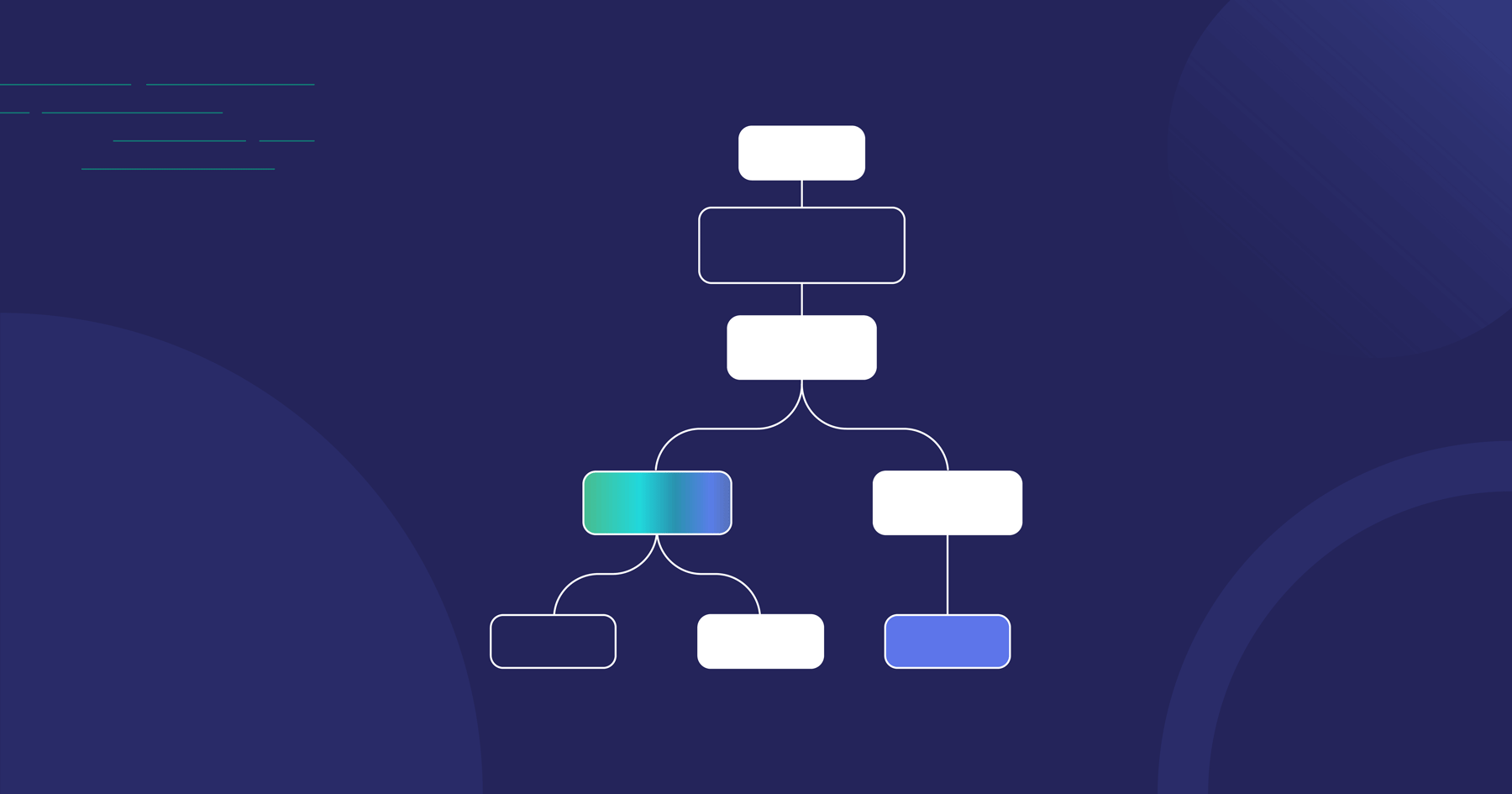In this post, we'll look at the details of how your customers and your B2B SaaS company both benefit from an embedded integration marketplace.
Customer benefits of an embedded integration marketplace
The embedded integration marketplace helps your customers by greatly improving their interaction with your integrations as well as streamlining process and reducing costs. Here are those benefits laid out in detail:
Discover and explore integrations
“Out of sight, out of mind” is a statement that holds true for many things, including integrations. If you don't make your integrations obvious within your application, customers are more likely to overlook them.
Chances are that your customers know you have native integrations (or at the very least, they expect that you should have them), but making them visible in an embedded integration marketplace means that your customers don't need to go looking for them, or call support, or dig through your doc repository to figure out where they are and how to activate them. Instead, your integrations are listed and documented, allowing your customers to view, filter, and search them to find the ones they need. All of this ensures that your customer gets greater value from your product.

Configure and self-activate integrations
Not only can customers easily choose the integrations they need from the ones listed in the integration marketplace, but they can also self-activate those same integrations. In most cases, it only requires a few clicks to set up the connection to the third-party app and complete the config options.
The config screen gives you full control over everything from layouts and labels to default values and hint text. This allows you to create the perfect guided activation experience for your customers. They can move ahead with the integrations they need without waiting for anyone.

Support their own integrations
In addition, the embedded integration marketplace includes the functionality for you to give your customers access to the logs and alerts for all their integrations, ensuring that they can perform first-level support for those integrations themselves. Additionally, if credentials change for accessing a third-party app, your customer can go into the configuration of the integration and make those changes directly, with no need to wait on your support team.

More cost-effective than traditional integrations
Custom development (which is traditionally how many integrations have been built) is often quite expensive. However, the embedded integration marketplace allows you to build an integration one time and then deploy it to every single one of your customers who needs it. Since you don't need to develop your own integration marketplace or manage one-off integrations, the process for building, activating, and supporting integrations becomes simpler and much less expensive – giving you the option of passing those savings on to your customers.
Benefits to your company
While we've largely focused on the benefits an embedded integration marketplace provides to your customers, incorporating an embedded integration marketplace in your core product comes with benefits for your company as well:
Enable productized integrations
When you implement an embedded integration marketplace, you can build reusable, configurable integrations that can be easily deployed via the integration marketplace to all your customers. These productized integrations allow you to sustainably scale integrations for your core product and make those integrations a first-class part of your product.
Reduce efforts for customer-facing teams
We've gone over in some detail how the embedded integration marketplace lets your customers manage integrations themselves, but this is also a benefit for your teams. Everything that customers can do themselves is something that your customer-facing teams don't need to be doing. In addition to providing customer self-service for the initial configuration and activation, the embedded integration marketplace allows customers to perform initial investigation and troubleshooting – solving simple issues themselves while saving support for more difficult issues.
Keep development team focused on core product
As discussed, the expectation is that applications are going to have native integrations. Along with that, customers expect that setting up integrations should be simple. Using an embedded integration marketplace allows your development team to focus on your application and, as needed, on the integrations themselves and not reinventing the wheel by building screens to make integrations accessible to your customers.
Increase integration adoption and stickiness
By making all your native integrations visible and available on the embedded integration marketplace, you make it easy for your customers to discover those integrations and activate them. When you add new integrations, they are immediately available to all your customers via the embedded integration marketplace even if the customers haven't read the newsletter or release notes which announced the integration.
The best part is that every native integration which your customers activate adds a little bit more to your product stickiness. Customers recognize that it would be difficult to switch to a different product while retaining all the benefits they've grown accustomed to. For the customer, leaving a product with multiple integrations means removing not just a single application, but also a hub of their technology ecosystem and all the connected workflows it powers.
This post is an excerpt from our guide, Using an Integration Marketplace for Your B2B SaaS.




